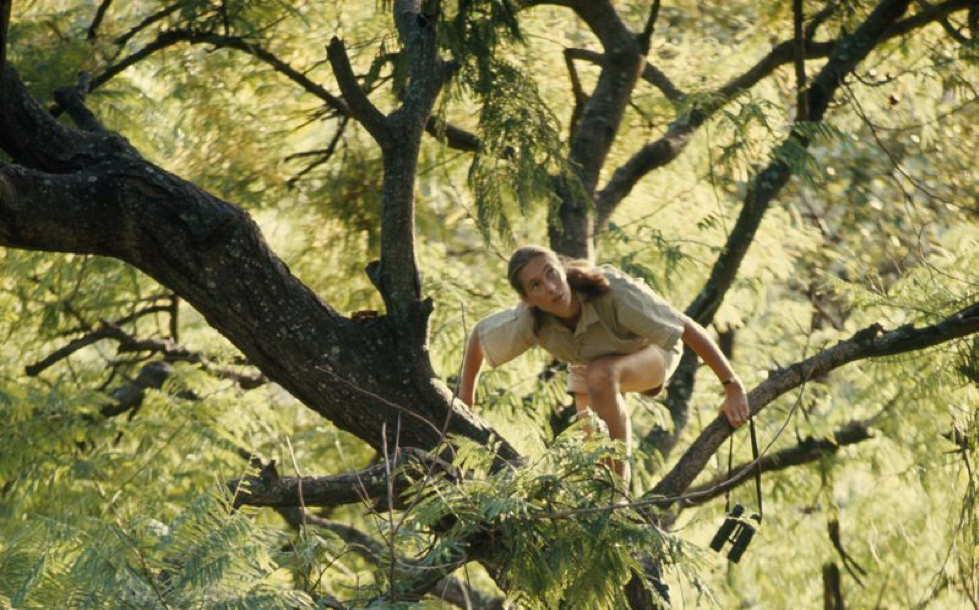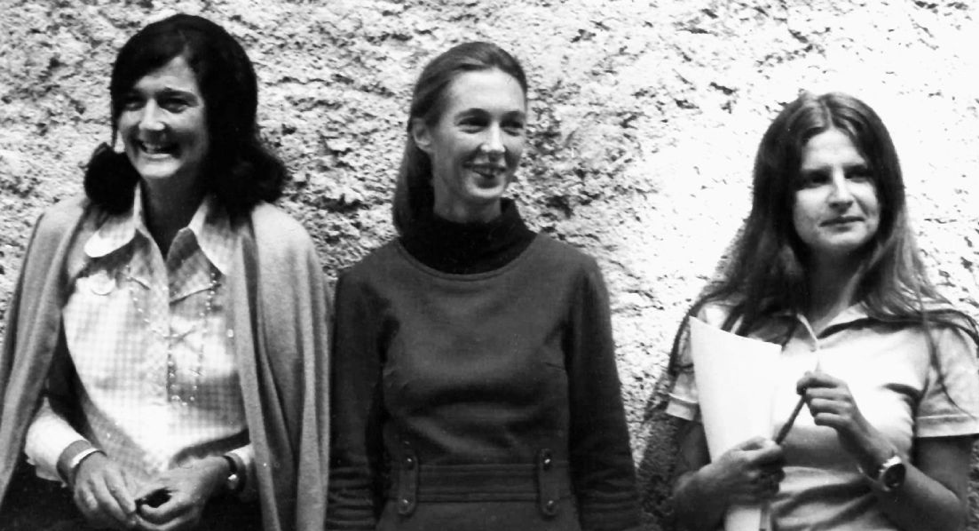
Picture by Hugo Van Lawick/National Geographic Creative
Little-Jane dreamed of Africa. When she’d close her eyes, she’d see a land with shades of ochre and red, a sunset on the savannah or a forest full of life. She’d see wild animals, free, large and numerous. It was her dream, her goal, the purpose in her life. Although it was obvious to Jane’s family that she would accomplish her dream, many voices around her whispered that it was impossible, because no, “women don’t do something like that”.
But what if being a woman had actually changed everything?
Jane hadn’t forgotten anything of her childhood dreams when she met Louis Leakey on May 24th, 1957. The paleoanthropologist, who was fifty-four years old at that time, had a grey moustache and usually wore a damaged khaki suit. He took two hours to guide Jane through the Coryndon Museum in Nairobi that morning. In a letter to her family, she told them how impressed she was by the collections of snakes and how fascinated she was by all that Leakey had to say. From his side, he must have been equally impressed as he immediately offered Jane a secretary job. She accepted without hesitation. A few weeks later, at the end of an archaeological trip to Olduvai in which Jane had taken part, Louis Leakey began to talk about his plans: he wanted to study great apes. He was convinced that understanding their behaviour would lead to a better understanding of the behaviour of our distant ancestors. And to achieve this, he was looking for a specific person, devoid of any scientific convention, and he was looking for a woman. According to him, they were less likely to be considered a threat by the animals. In 2017, Jane confided in the Hollywood Reporter: ‘Being a woman helped me, I think. Louis Leakey believed that women would be better observers than men, had more patience. That’s why he chose not just me, but Dian Fossey and Birute Galdikas. ‘’

Dian Fossey, Jane Goodall and Birute Galdikas
(image credit: Jane Goodall Institute)
Leakey’s plans were very specific: he wanted Jane to study the chimpanzees in Gombe Stream National Park in Tanzania. The area had been protected for a long time and as a result, the chimpanzee populations that lived there had not yet been influenced by humans. In this regard, Jane wrote to a friend in January 1958: ‘’At the north end of Lake Tanganyika, 400 miles from civilization, Dr. Leakey, in 1933, found a troup of chimpanzees living under odd conditions –open bushland with forest galleries instead of dense forests or jungle. These may be a new genus. They have never been studied yet, but the area was made into a chimp reserve against the day when time and money should be available for a field study. Leakey wants me to do it.” But there was a shadow hanging over that project: a woman couldn’t go there on her own. So it was decided that Jane’s mother, Vanne, would accompany her.
Due to the unstable situation in Tanganyika at that time, permission to enter the Gombe Stream reserve was delayed several times. There were frequent anti-European claims before the independence and the safety of the expedition could not be guaranteed. It’s only on July 14th, 1960, that Jane and Vanne were finally allowed to go to Gombe. In March 2018, Jane admitted to the Times that being a woman had an extra advantage: ‘’Being a woman helped me in practical ways, too. Africa was just moving into independence and white males were still perceived as something of a threat, whereas I as a mere woman was not.’’ She even told the Hollywood Reporter that “a white woman on her own, that was something they [the Africans] wanted to nurture”, admitting that she “got more help from them than had she been a male”.
Very quickly, the media made her story theirs; there was a woman with long legs, blond hair tied in a ponytail, who lived among chimpanzees in Africa. Without any scientific training, she claimed to revolutionize our knowledge about great apes and to redefine the human kind. She was sometimes criticized, sometimes admired. With more than 25 million viewers when it was released in 1965, the documentary “Miss Goodall and the Wild Chimpanzees” was a hit, contributing to the creation of the legend of Jane. But more than her study of chimpanzees, it was Jane herself who was the heart of the film. In an interview with National Geographic in 2017, she remembered the instructions given to Hugo Van Lawick, who was responsible for photographing her: “They gave us a list: Jane in the boat, Jane with binoculars, Jane looking at a map”. She seemed to be more mediatized for her hair than for her discoveries, and articles put more focus on her legs than on her work. “Some scientists discredited my observations because of this — but that did not bother me so long as I got the funding to return to Gombe and continue my work.” (Times, 2018).
As a woman, Jane has inspired many girls all over the world.
When the Huffington Post asked her in 2010 how her work revolutionized the role of women in science, Jane simply replied: ‘’ Judging from the number of young women who’ve wanted to follow in my footsteps I should think it has changed it a lot! I mean, I know that. […] This has happened to me all over the world, certainly all around America, young women have said, “You really helped me break out of the mold, you really helped me realize it could be done.”
Today, Jane Goodall is one of those personalities, along with Marie Curie, Rosalind Franklin, Rachel Carson and Vera Rubin, who have allowed women to integrate into the scientific field, which was first essentially male. In the end, Jane, like these other women, has not only revolutionized the world of science, but also the world in general.
Text : Louise Delhaye



